The 1950s was a period of complexity in South Africa, hallmarked by the harsh realities of apartheid rule that commenced in 1948. As one of the principal cities, Cape Town was no stranger to these realities. The city was segregated, with different ethnic groups forced to live in separate locations. Despite these stark circumstances, Cape Town remained a bustling, vibrant city, teeming with life and echoing with the constant hum of activity.
The city presented a stark picture of contrasts. Nestled in the shadow of the majestic Table Mountain, Cape Town‘s natural beauty was awe-inspiring. Its picturesque landscapes and pristine beaches made it a favorite destination for both locals and tourists. Conversely, the city’s heart was a vibrant blend of cultures, awash with the sights, sounds, and aromas of a diverse population.
Life in 1950s Cape Town offered a unique mix of traditional and modern elements. Although the city’s architecture began to reflect modern styles, its soul was deeply rooted in African tradition and colonial influences. The streets showcased a beautiful blend of Cape Dutch and Victorian-style buildings punctuated with modernist structures.
The city center bustled with vendors selling their goods, markets, and stalls offering everything from food and clothing to traditional African crafts. District Six was a lively area, with its ethnically diverse population adding a unique flavor to the city. Despite facing demolition due to apartheid laws in subsequent years, it remained a vibrant community in the 1950s.
Music and dance were integral facets of life in Cape Town. Jazz, particularly prevalent in areas like District Six, was incredibly popular. The local ‘Cape Jazz’ style, deeply influenced by traditional African music, American jazz, and the unique local ‘Kaapse Klopse’ music, started taking shape. The 1950s witnessed the rise of numerous talented musicians who played at local clubs and events and later achieved international acclaim.
Undoubtedly, the 1950s in Cape Town was a challenging period, defined by racial segregation and political unrest. However, it was also an era of vibrant cultural expression, resilience, and a prevailing sense of community. It is these facets of Cape Town in the 1950s that render this era truly captivating and deeply significant in the city’s rich and complex history. The following are some fascinating vintage photos that transport you back to the 1950s in Cape Town.


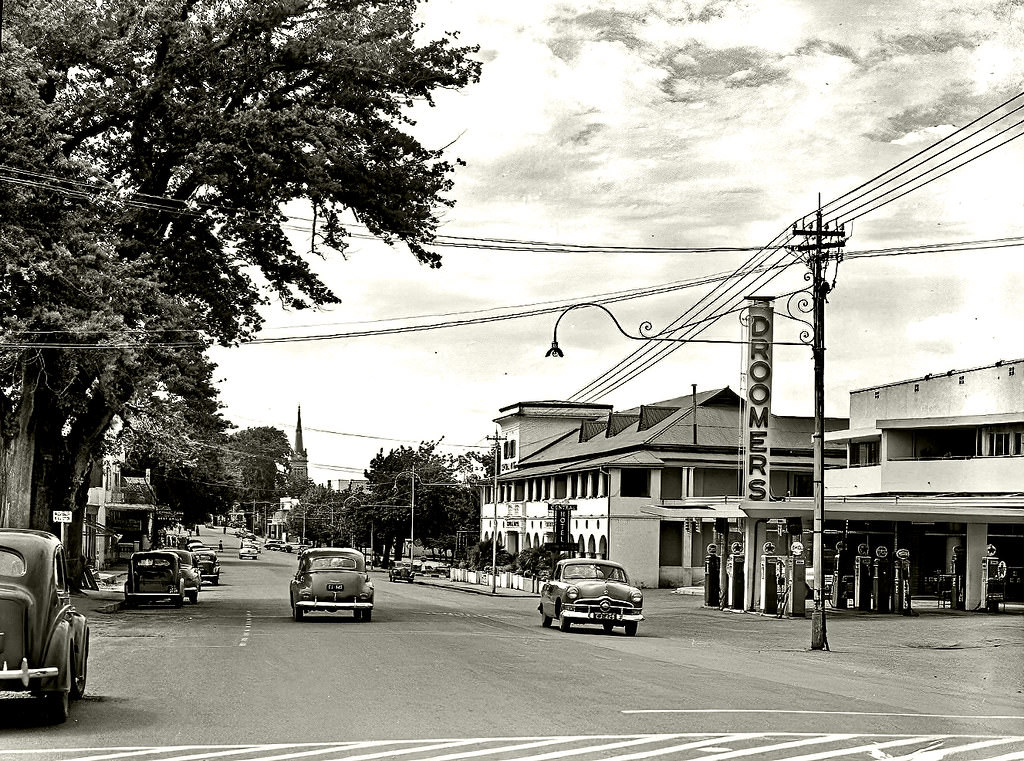



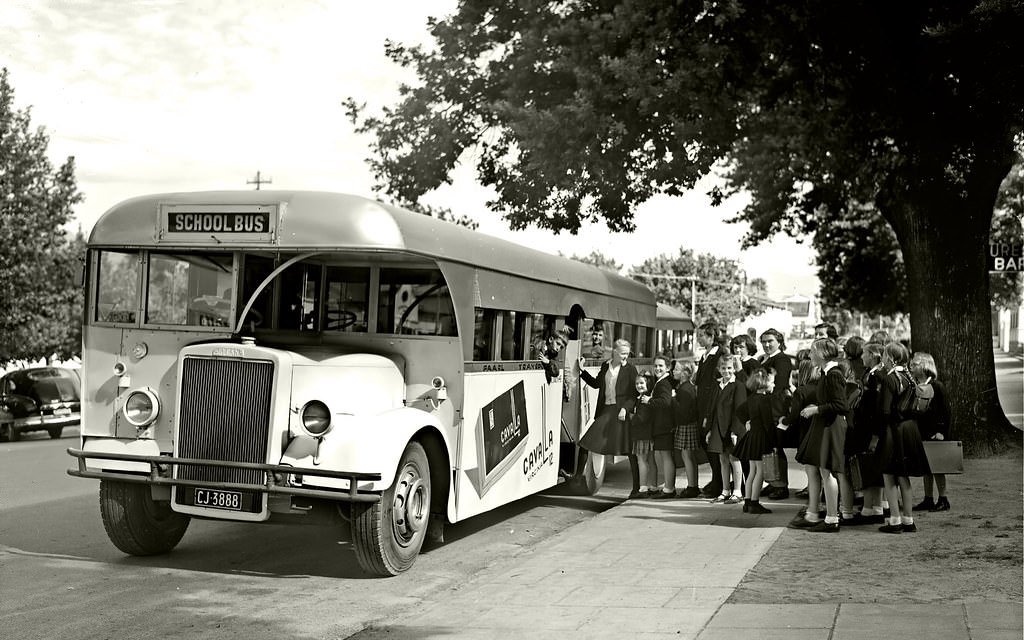
















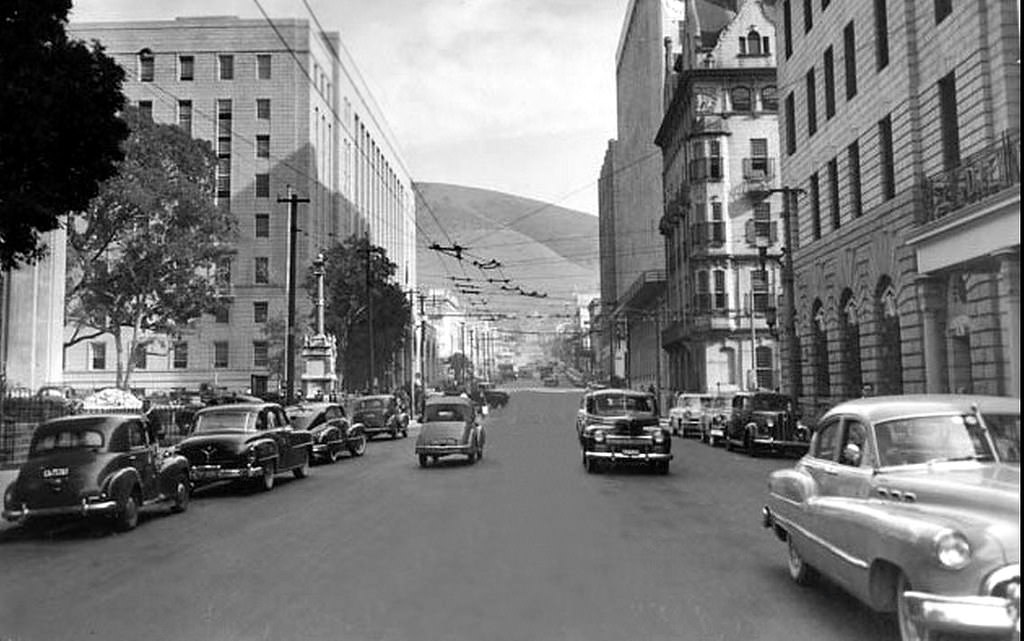
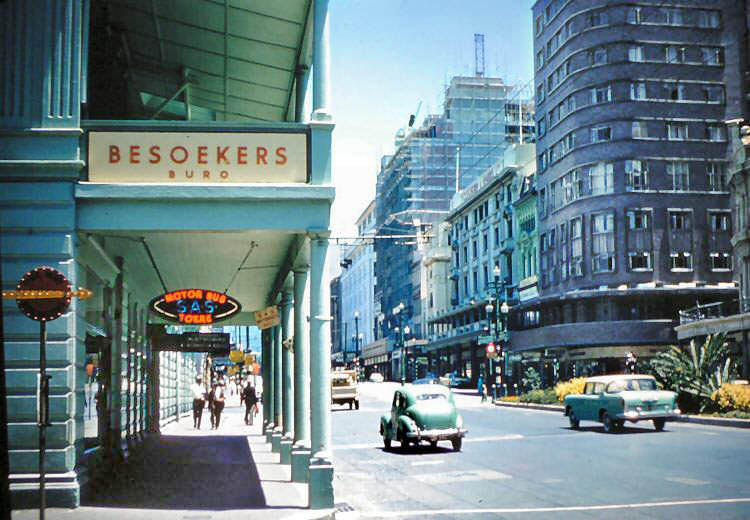






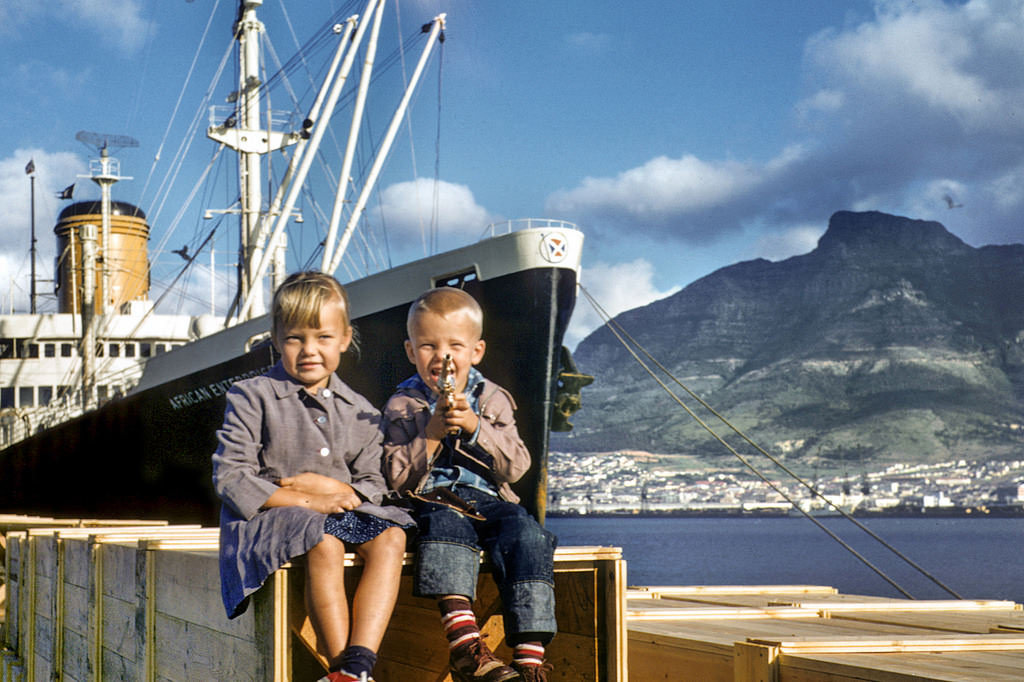








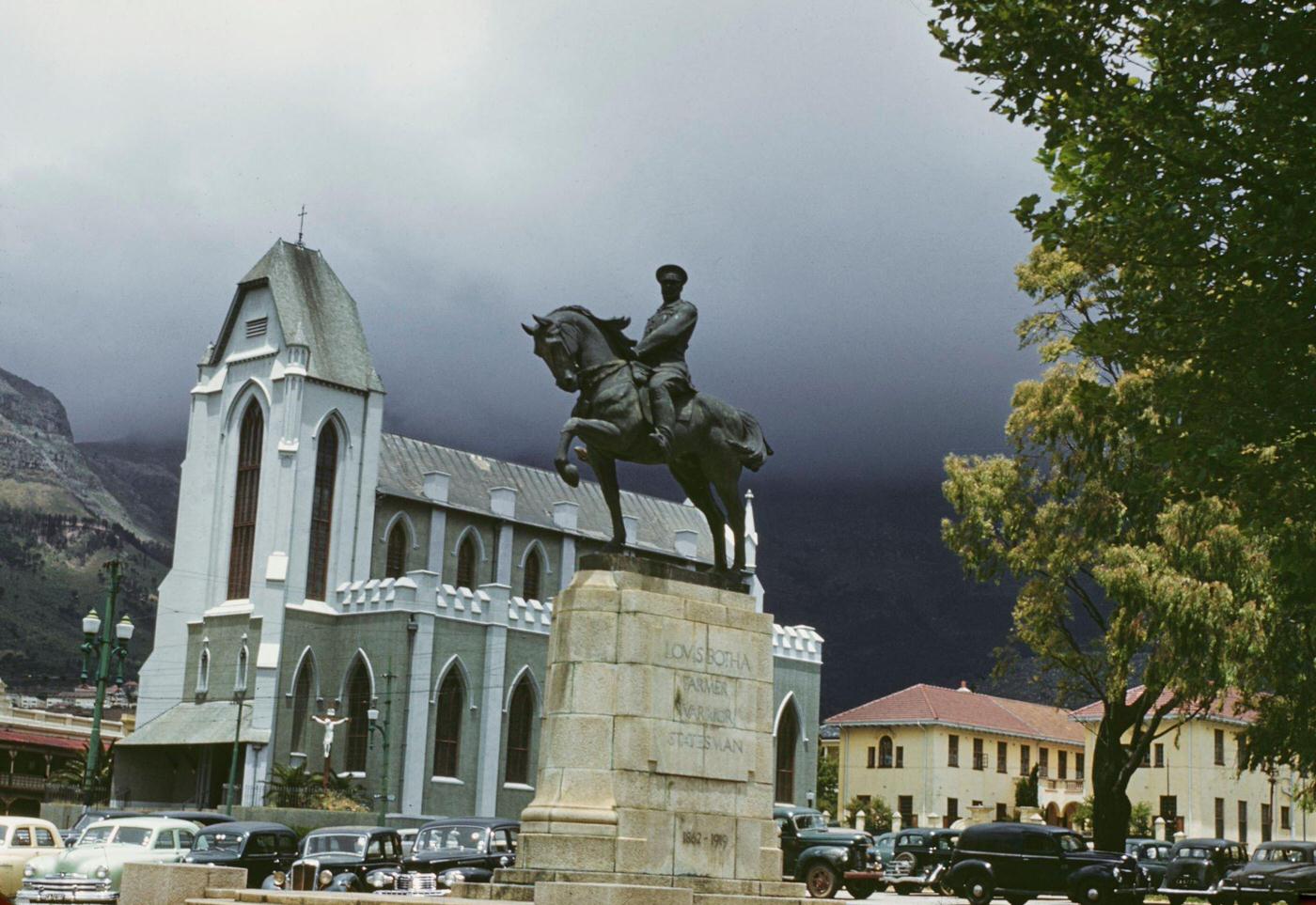





































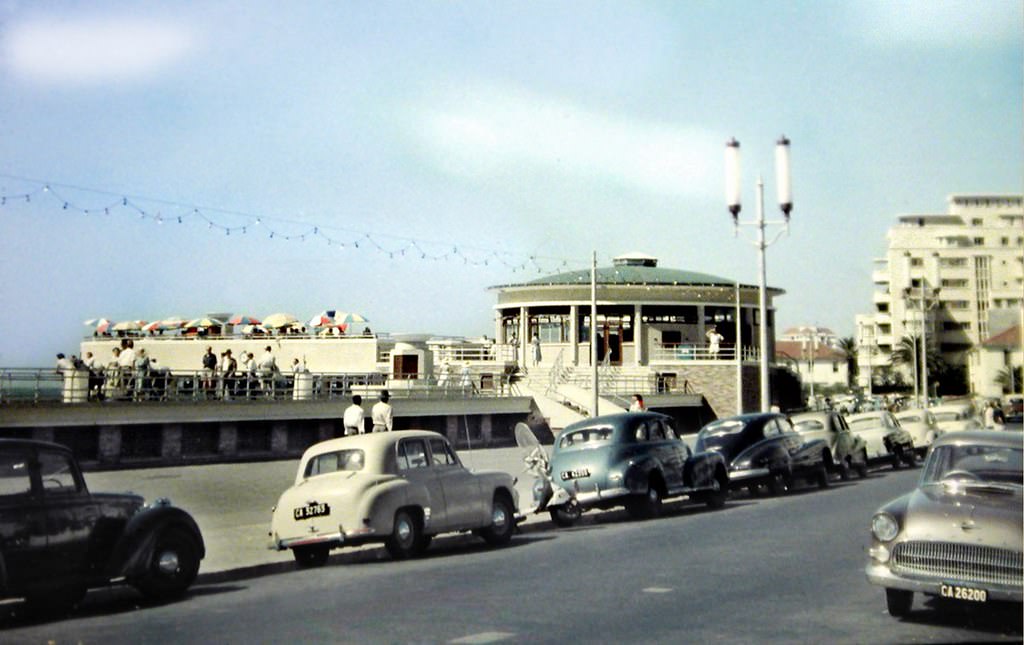



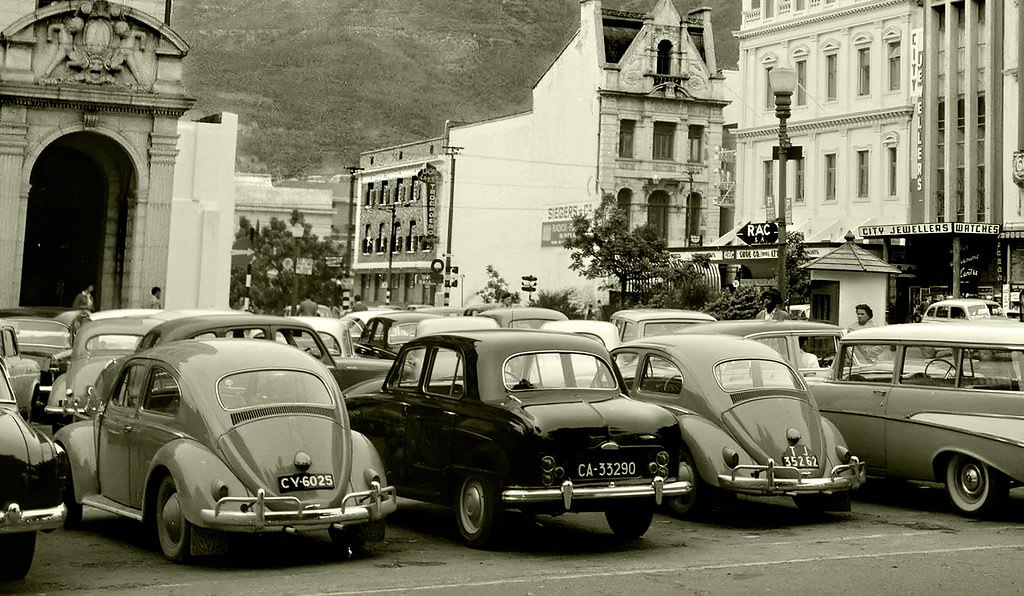




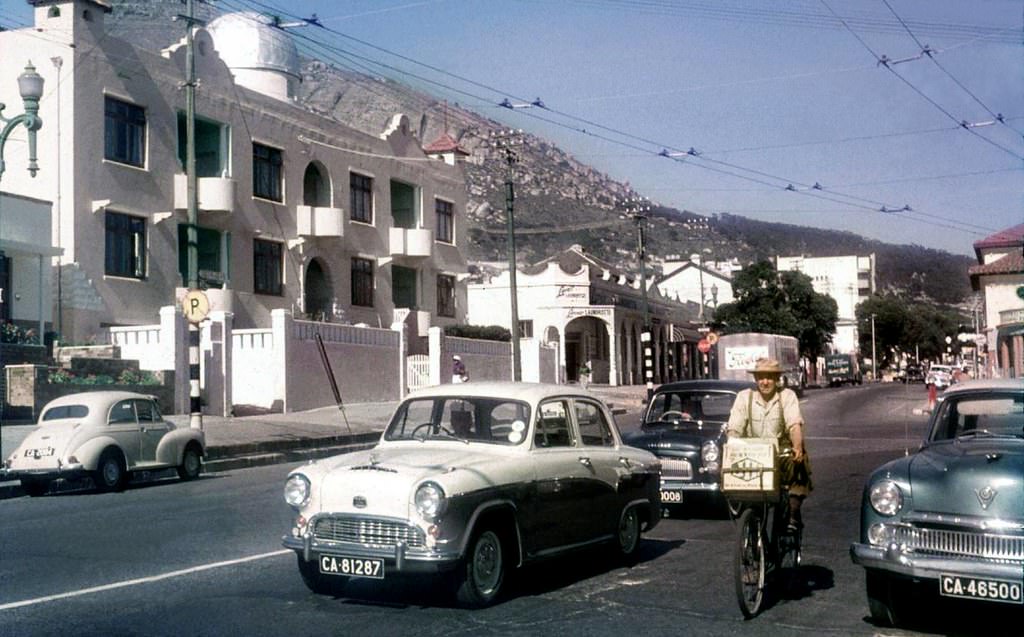


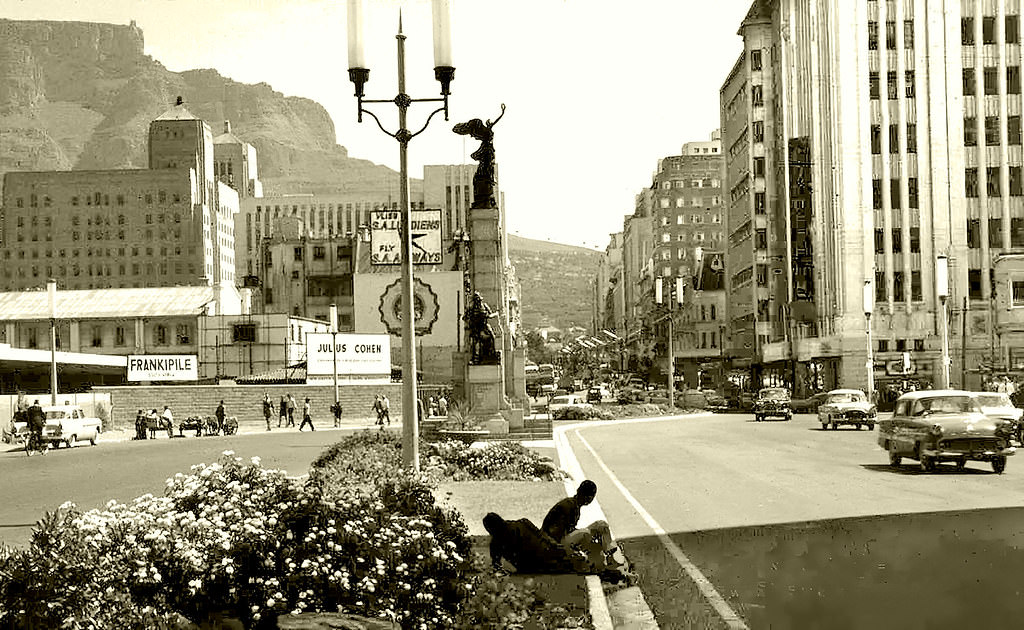














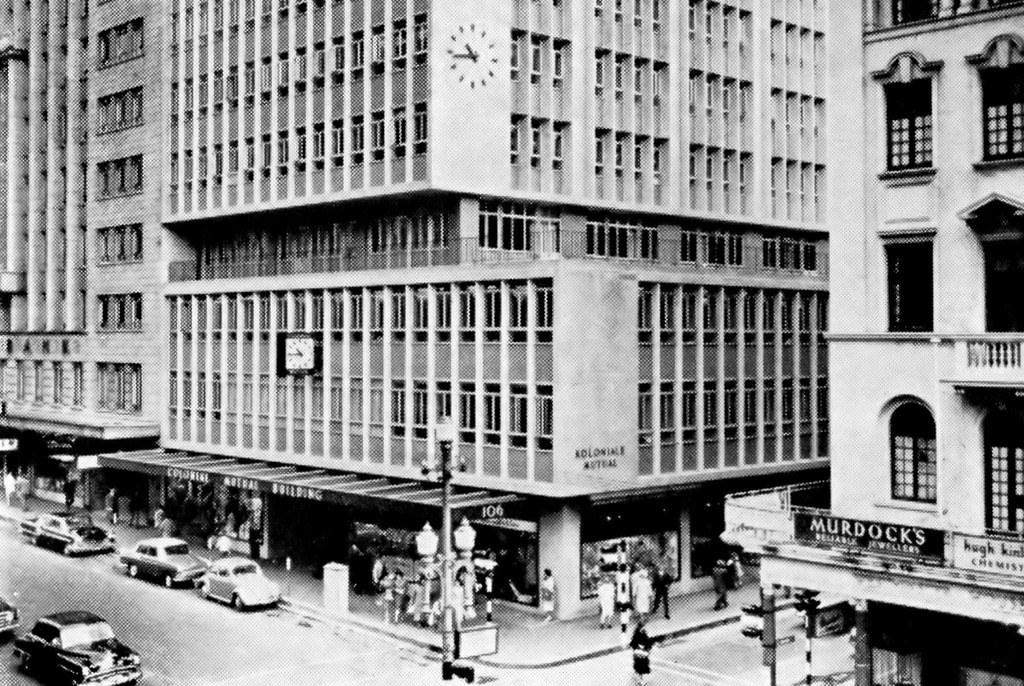
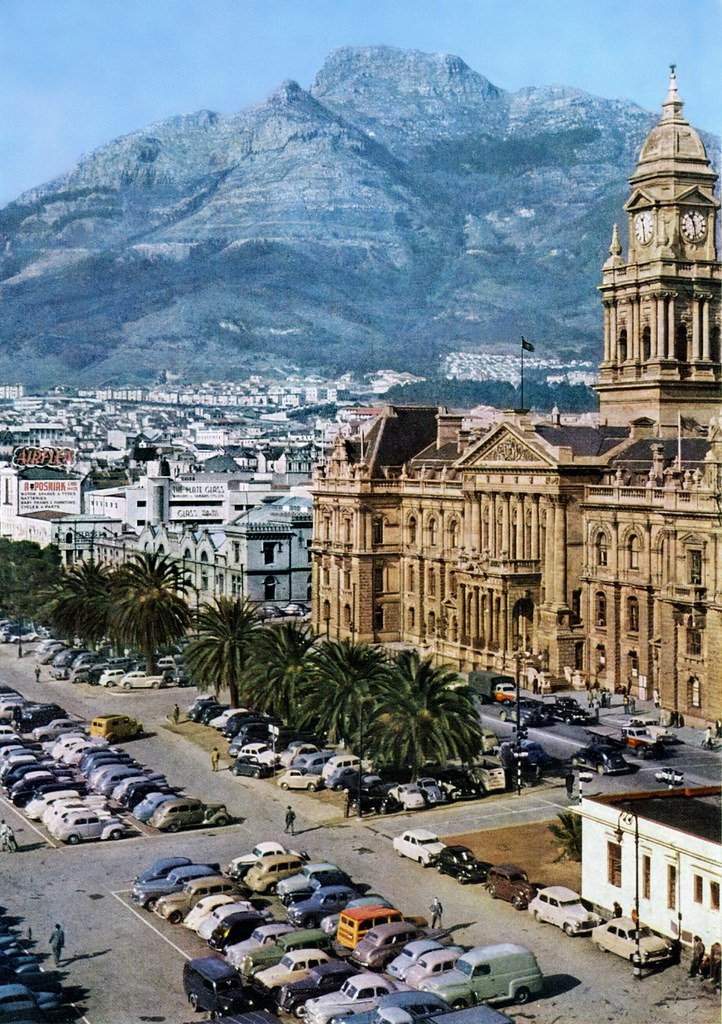

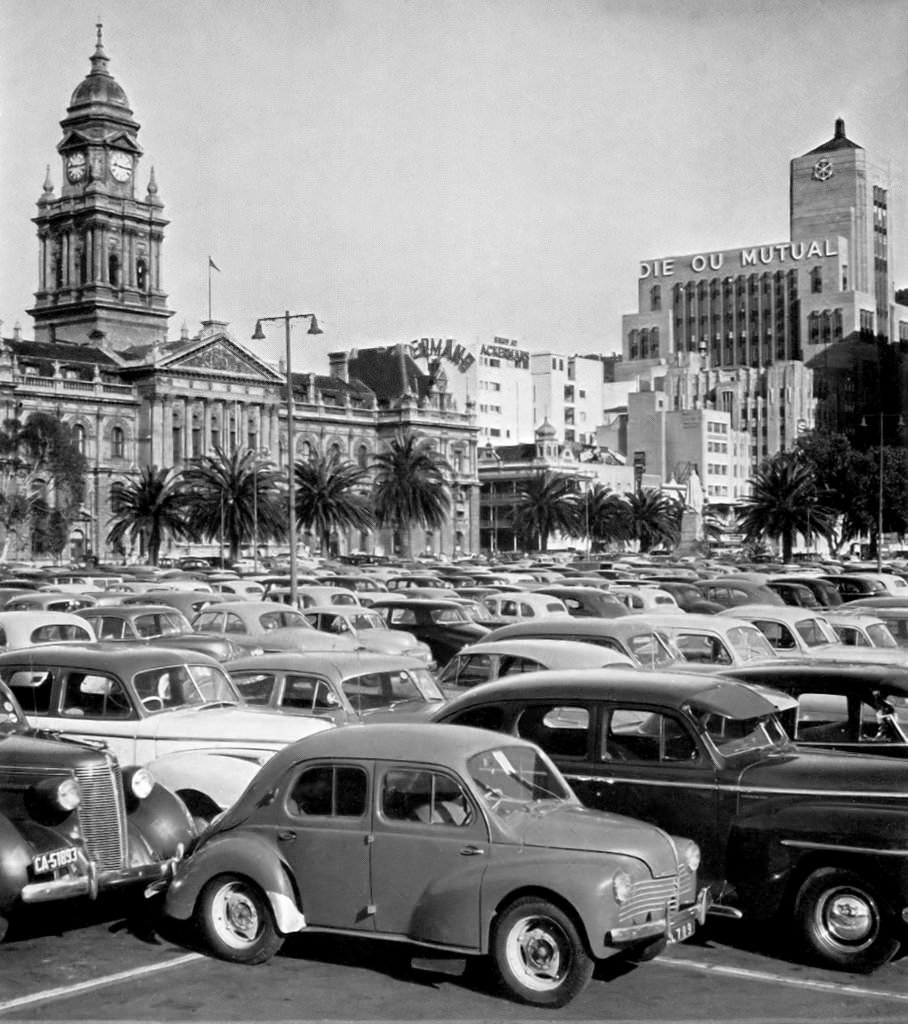














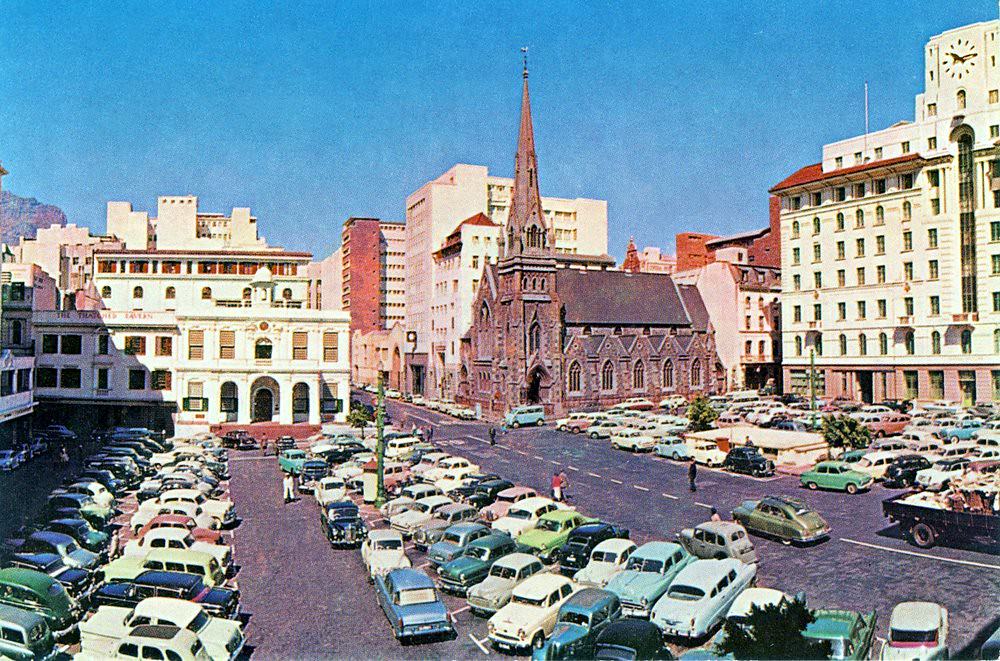


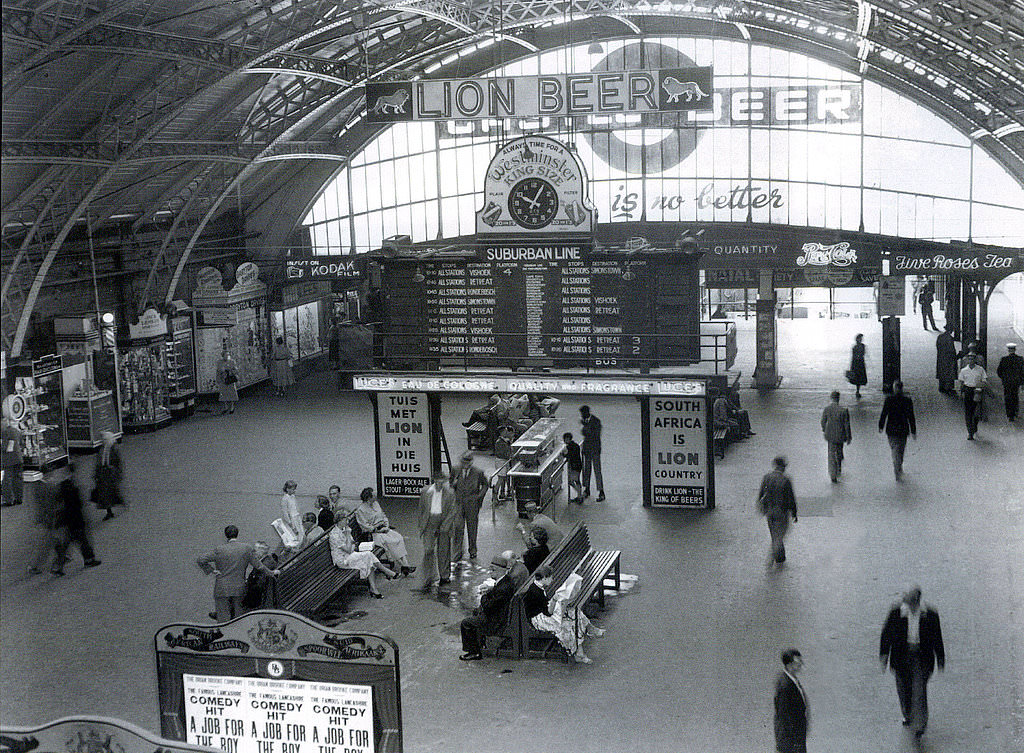






Besides the old cars it doesn’t actually look much different